The Adelaide Art Scene:
Becoming contemporary 1939-2000
The Adelaide Art Scene: Becoming contemporary 1939-2000 is a landmark anthology of new and archival writing revealing the untold story of the highs and lows of progressive art in Adelaide across six decades since the outbreak of the Second World War.
In this vast cultural history of more than 700 pages, including 300 illustrations, editor and principal author Margot Osborne brings together multiple voices to create a compelling, multi-faceted account of the milieu in which progressive art evolved in Adelaide. The book’s narrative encompasses landmark exhibitions, bursts of maverick art criticism and art activism, the competitive roles of art societies, the rise and fall of key art galleries, and the changing role of the city’s flagship art museum, the Art Gallery of South Australia. Key themes include the impact of émigré artists, confronting approaches to female sexuality by a succession of women artists, the emergence of activist art in the 1970s, and of postmodernism in the 1980s, culminating with the rise of Indigenous art at the century’s end.
The anthology comprises six editorial overview chapters, and fifteen chapters of commissioned new writing by Adelaide curators and art specialists: Tracey Lock, Richard Heathcote, Adam Dutkiewicz, Georgina Downey, Maria Zagala, Catherine Speck, Jude Adams, John Neylon, Christopher Reid, Sera Waters, Rebecca Freezer, Philip Jones, Michael Newall, Robert Reason, Doreen Mellor and Nici Cumpston. There is a section of historical writing, ‘From the archives’, comprising 100 pages of critical writing by Max Harris, Ivor Francis, Robert Hughes, Peter Ward, Ian North and John Neylon, amongst many others. Appendices include a detailed chronology, list of exhibitions and abbreviated biographies of 120 artists from across the period.
The Adelaide Art Scene: Becoming contemporary 1939-2000 is published by Wakefield Press in association with Guildhouse and Carrick Hill, with financial support of the South Australian Government’s Department of Premier and Cabinet through Arts South Australia.
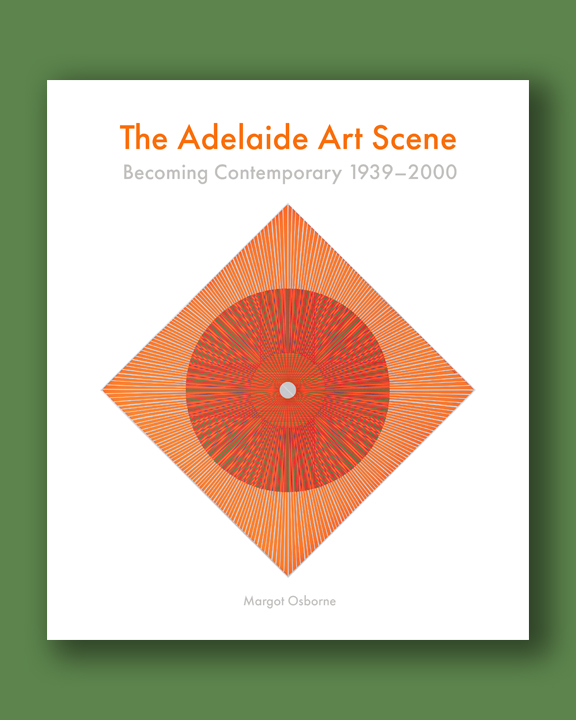
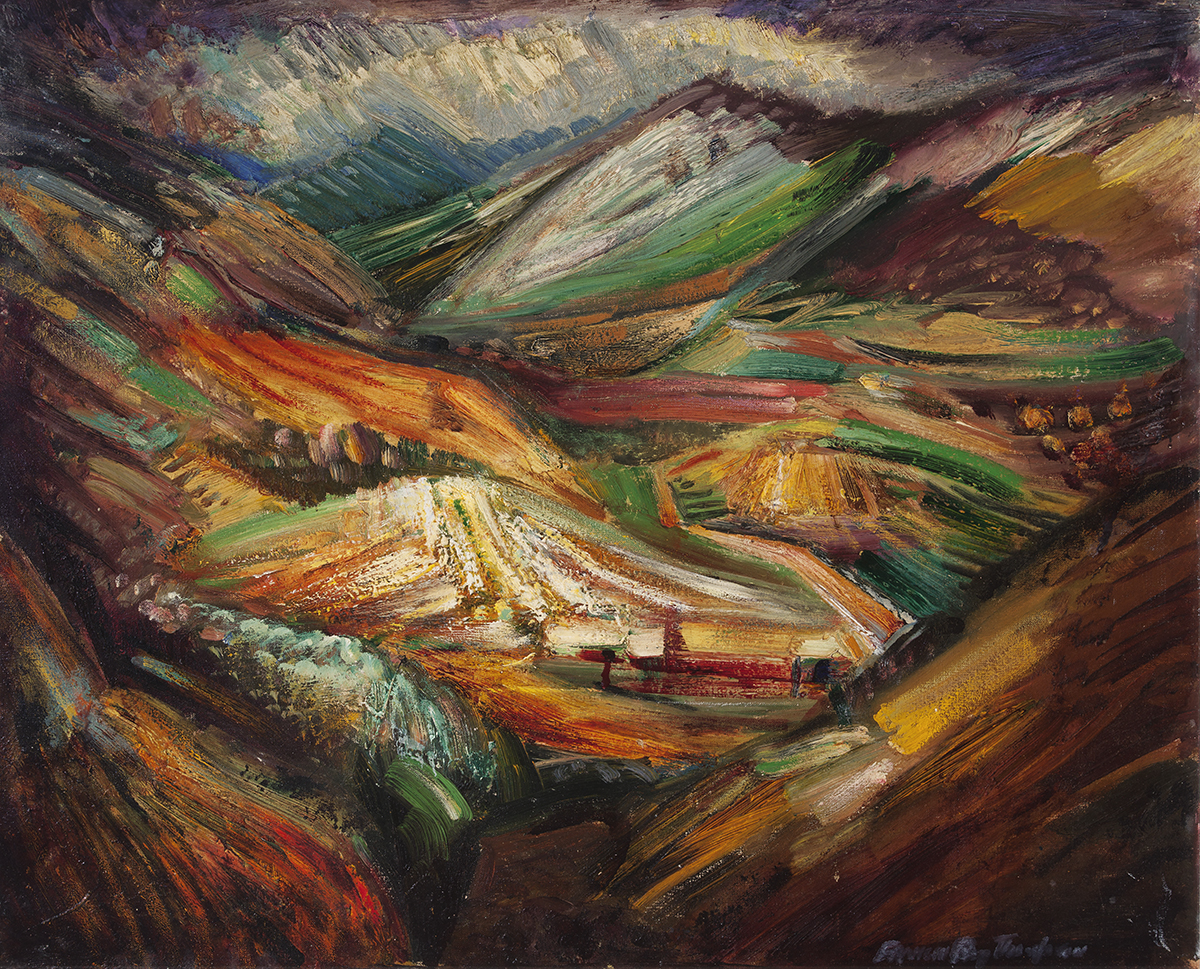
In conjunction with the book’s publication Carrick Hill is presenting Adelaide Mid-Century Moderns: Emigres, mavericks and progressives, a first survey exhibition of modernism in Adelaide in the 1950s and 1960s. Dates: 2 August – 15 October 2023.
Editor and lead author: Dr Margot Osborne (b. Sydney 1950)
Adelaide author and curator, Dr Margot Osborne, has a PhD in art history from the University of Adelaide, where she is a visiting research fellow. She is the author or co-author of numerous catalogues and books on Australian artists, including Liz Williams: Body language (Wakefield Press, 2017); Christopher Orchard: The uncertainty of the poet (SALA monograph series, Wakefield Press, 2017); Giles Bettison: Pattern and perception (SALA monograph series, Wakefield Press, 2015); Jeff Mincham: Ceramics (Object Living Treasure monograph, 2009); Australian Glass Today (Wakefield Press, 2005); and Nick Mount: Incandescence (SALA monograph series, Wakefield Press, 2002). She has been editor of CACSA Broadsheet (1986–88); art critic for The Advertiser (1988–91); art and design feature writer for The Adelaide Review and The Advertiser (2003–07); guest editor of two issues of Artlink on ‘Beauty’ (2007) and ‘Art, pattern and complexity’ (2010); and a contributor to Australian art journals.
Margot Osborne’s professional career in the arts spans almost fifty years: she has worked in Sydney, with internships in London and New York, relocating to Adelaide in 1984. Positions she has held include director of CACSA; visual arts program manager and Artists’ Week coordinator for the 1990 and 1992 Adelaide Festivals; program manager of visual arts and crafts, NSW Ministry of the Arts; manager of the inaugural SALA Week; exhibitions curator at the JamFactory gallery; and director of the Adelaide Central Gallery. She has been an independent curator and writer since 2008. Her recent curatorial projects include Adelaide Mid-Century Moderns (Carrick Hill, Adelaide, 2023); Art, Pattern and Complexity (Royal Institution Australia, Adelaide, 2012); Abstract Nature (Samstag Museum of Art, UniSA, 2010); Mind and Matter (JamFactory and Object, Sydney, 2010); Wild Nature (JamFactory and national tour, 2002–05).
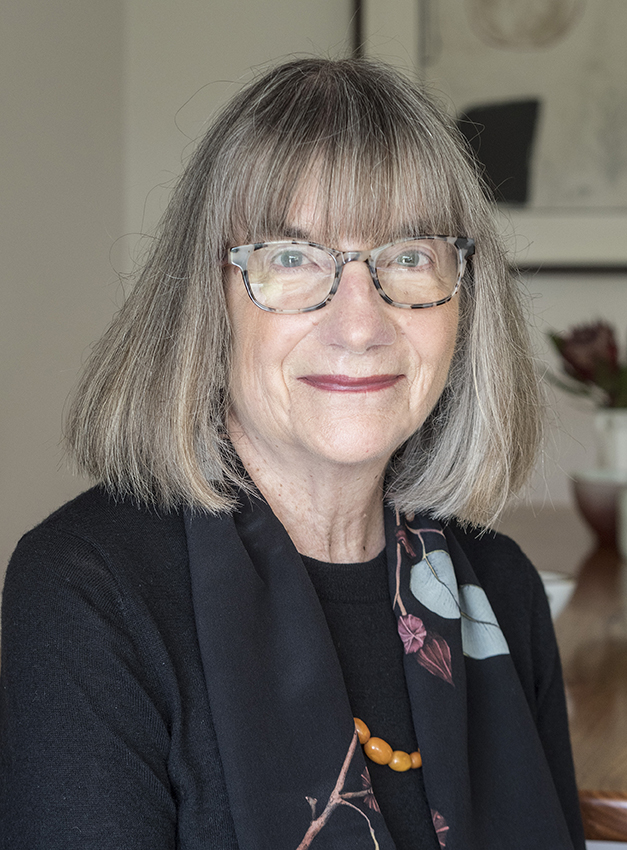
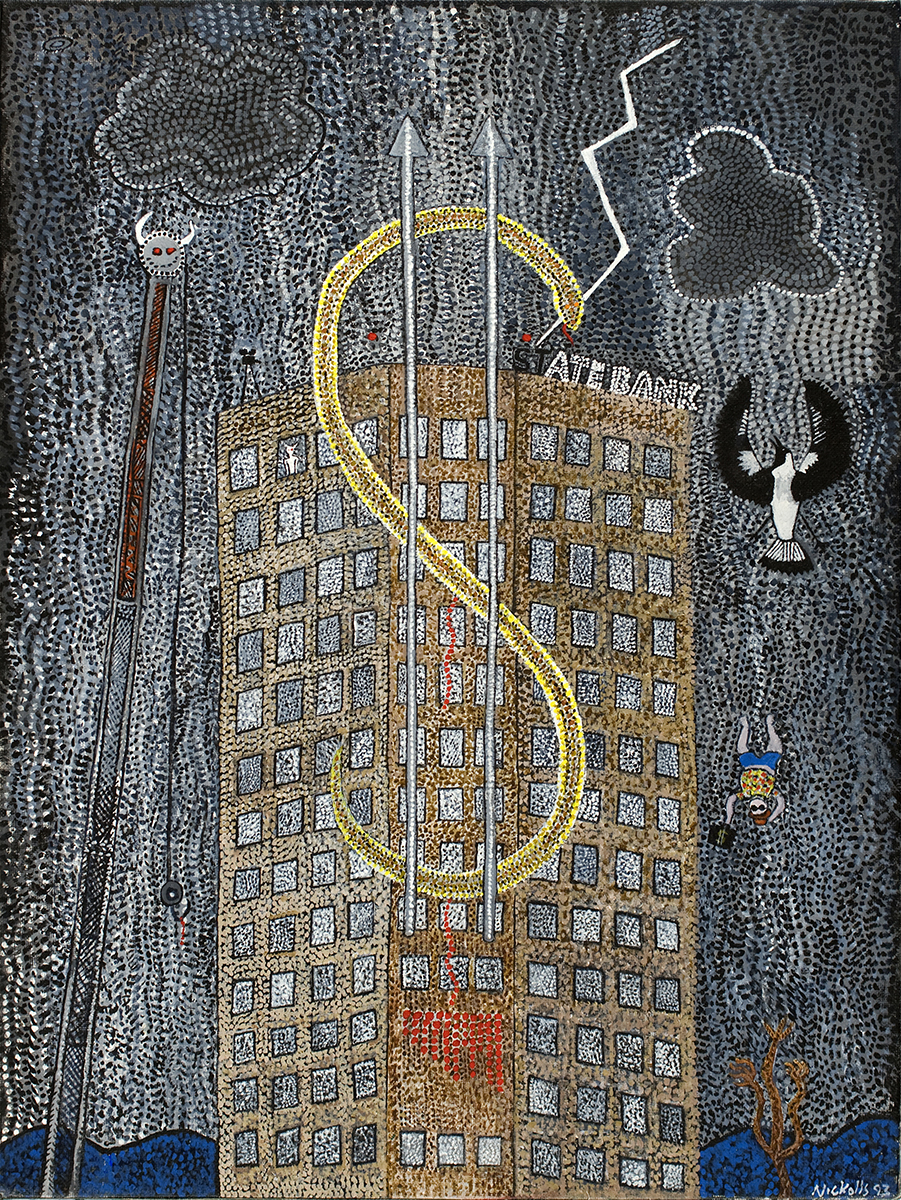
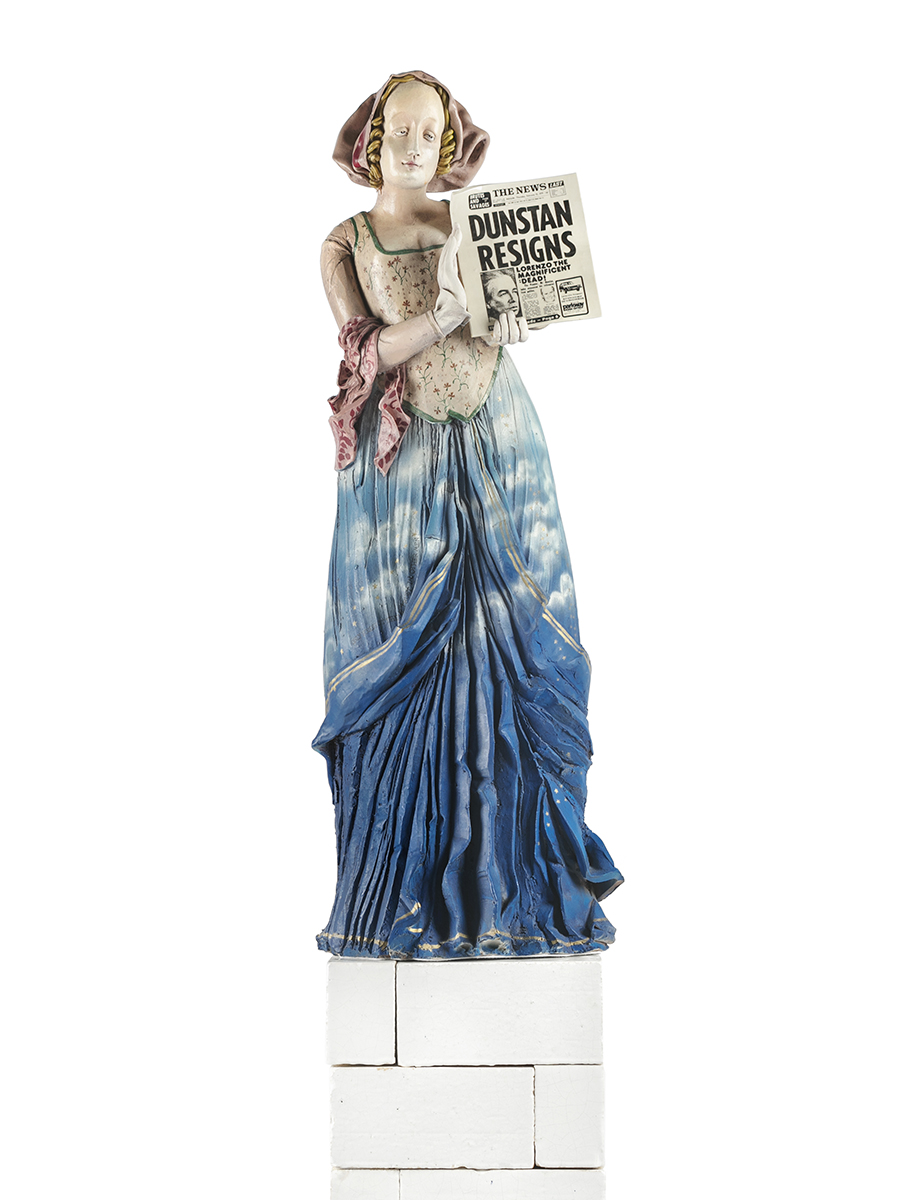


Images: Book cover design by Rachel Harris Bit Scribbly Design; cover image: Stan Ostoja-Kotkowski (b. Golub, Poland 1922; d. Adelaide 1994) Vibra, 1967, Adelaide, collage on board, 173.5 x 173.5 cm, A.R. Ragless Bequest Fund 1967, Art Gallery of South Australia; Francis Roy Thompson (b. Victoria 1896; d. Adelaide 1967) The valley, Belair, c.1949, Adelaide, oil on canvas, 66.7 x 81.9 cm, J.T. Mortlock Bequest Fund 1965 Art Gallery of South Australia; Margot Osborne. Photograph Michal Kluvanek; Trevor Nickolls, Ngarrindjeri people, South Australia (b. Adelaide 1949; d. Adelaide 2012), State Bank Dreaming, 1993, Adelaide, synthetic polymer paint on canvas, 60.6 x 45.6 cm, Flinders University Museum of Art © Estate of the artist/Copyright Agency; Mark Thompson, (b. Darwin 1949), Ma*don*na, 1979, (detail), Adelaide, synthetic polymer paint, decals on earthenware, porcelain, 102 x 31 x 26 cm, South Australian Government Grant 1980, Art Gallery of South Australia © Courtesy Mark Thompson, Photo Saul Steed, AGSA; Barbara Hanrahan, (b. Adelaide 1939; d. Adelaide 1991), Beauty and Bob, 1964, London, lithograph printed in red and black inks on paper, 63 x 51 cm, Gift of Jo Steele 1996, Art Gallery of South Australia, © Estate of the artist
